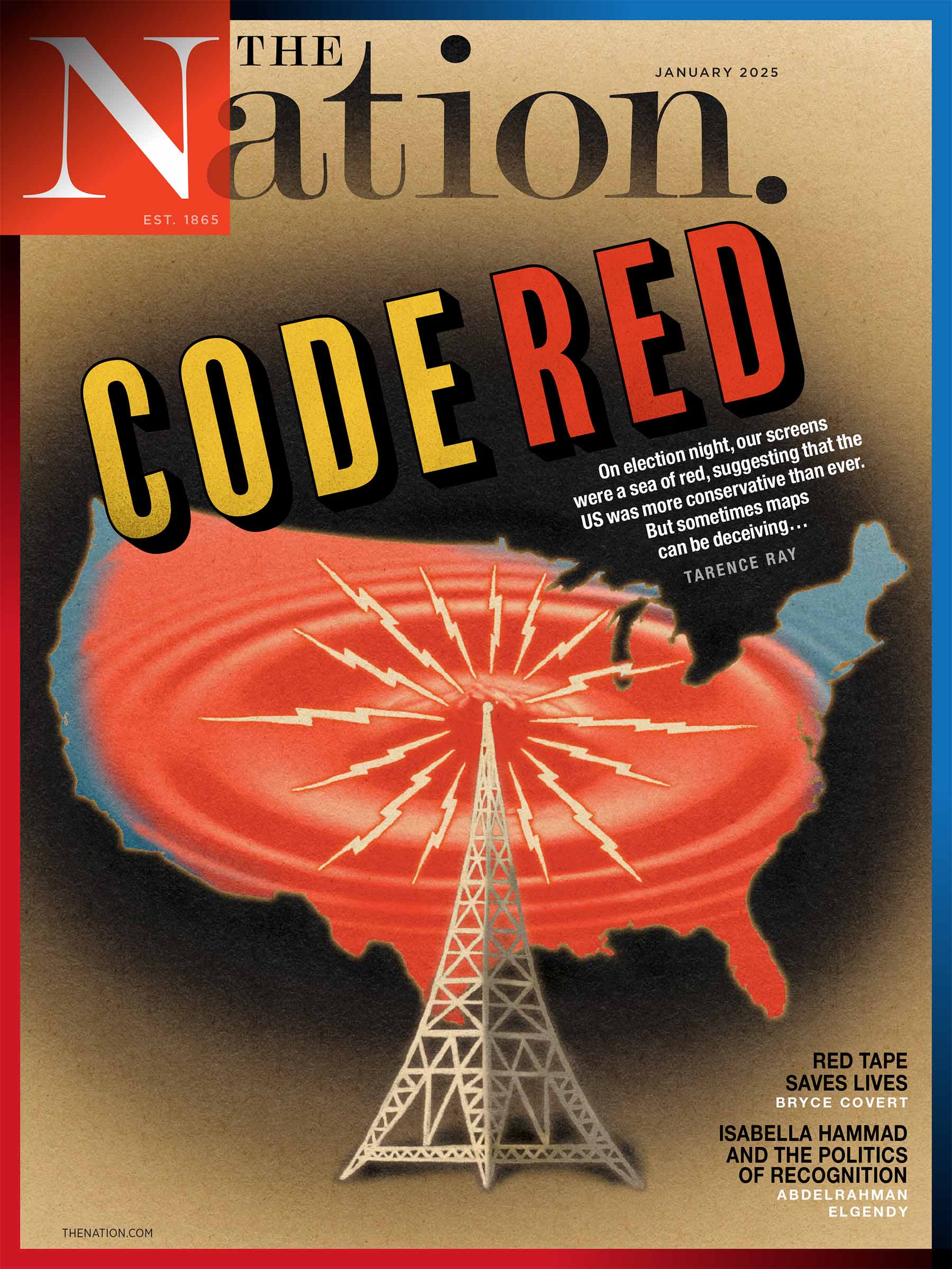Since we learned that Donald Trump is our president-elect, I have repeatedly experienced déjà vu. The communities in which I live and work still feel the chilling effects of policies implemented after 9/11. I served as New York City’s Commissioner of Immigrant Affairs in the months immediately following September 11, under newly elected Republican Mayor Michael Bloomberg. Reflecting on that period as we enter a Trump presidency, as a former local policy-maker and a current movement builder, I’m remembering what we did well—and what we got wrong.
If we are to engage in a strong civil-resistance movement, one consistent with the America millions of us believe in, then we must absorb the lessons of that era. Among the most urgent of them is that local and state leadership can make a real difference.
After September 11, under the leadership of Mayor Bloomberg, New York City resisted succumbing to demagoguery by issuing executive order 41, effectively establishing a “sanctuary” city. While there is no legal definition of sanctuary cities, they generally prevent local law enforcement from cooperating with immigration authorities. Since the election, New York, Chicago, and Los Angeles have stood by their sanctuary policies. This stance is critical. Local law enforcement, trusted community leaders, and elected officials must form a front line of defense so that we are not afraid for ourselves, our friends, or our immigrant family members.
Local elected officials can also encourage the Obama administration to dismantle the special-registry program, which was created by the Bush administration in 2002 and remains in place. The National Security Entry-Exit Registration System (NSEERS) required that noncitizen young men—anyone over the age of 16—from 25 countries, including North Korean and Syria, register with federal immigration officials. This program applied to all noncitizens, including those who entered the United States legally. Although all 25 countries have been removed from NSEERS, the system itself still exists, making it relatively easy for the Trump administration to bring the program back to life with a new list of countries. President Obama could end NSEERS before leaving office, which would prolong the process for reviving it. We would then have more time to resist and organize against it.
Citing local rule, elected officials could explore ways to create exemptions for their residents or secure data for residents who may have signed up for municipal identifications locally. If we don’t stand up now, then we will have to straddle a fine line later between respect for a “law” and concern for its implication, as we did after NSEERS was established in 2002. And “we” now includes many more local and state government officials than it did in 2002. There are four state offices of immigrant affairs, and 28 cities with similar offices. Unlike in 2002, city councils and state legislatures have more leaders whose experiences as immigrants or children of immigrants inform their perspectives on policy issues. Their voices can create a multiplier effect and help influence public opinion about the damaging effects of singling out any group of Americans.
Popular
"swipe left below to view more authors"Swipe →
Another urgent lesson of the post-9/11 era is the role media will play. We remember the days immediately following the attacks in many ways, but one message that came through consistently was a call to return to normal. Go shopping. Don’t let the terrorists feel they have affected our way of life. Regardless of whether you heeded that message in 2001, now is definitely not the time to return to normal.
As in the post–September 11 era, we can expect that mainstream media will toe the new establishment line. Whether it’s out of a zest for access to the new administration or a misguided desire for self-preservation, we can’t expect or even demand pushback and critique from the same outlets that got conned all election season by a reality-TV star turned presidential candidate. We have to look to the robust independent media, sources like AsAMNews, Colorlines, Latino USA, or New American Media, and of course The Nation, to provide nuance and stories that we won’t get in corporate media.
Since 2001, the nonprofit infrastructure supporting Muslim, South Asian, Arab, and immigrant communities has grown. We must help groups like SAALT and CAIR thrive, and fight with them if their very existence comes under threat. They are core elements of a civil society and trusted messengers in their communities. We have to open our pocketbooks to ensure, through the work of groups like the Immigrant Justice Corps, that undocumented immigrants are getting the due process to which everyone in America is entitled.
Much of this infrastructure grew in response to the harsh politics of the post-9/11 era, and I am convinced that we succeeded in taking a stance to protect immigrants then. But we failed at coalition building between immigrants and other communities. In particular, we missed opportunities to build long-term black-brown coalitions to address the negative impact of a police state on minority communities.
At the time, Muslim, Arab, and South Asian people were most visibly targeted. This time, we’re all on the line—Latino, black, Muslim, Arab, South Asian, and more, whether it’s a potential registry for Muslims, a “build the wall” mentality, or reducing African-American life to cartoonish depictions of dangerous “inner cities.” We would be so much better at fighting these stereotypes if we worked together. African Americans have a painful and ongoing history of being profiled racially; Latinos and Muslim, Arab, and South Asian communities are subjected to similar treatment in what is now an established pattern. Although some community leaders came together post–September 11, and have done so in this election cycle, we haven’t built a multiracial effort that consistently pushes back against hateful rhetoric, racial profiling in any community, and state-sanctioned violence. If ever there was a moment to do so, this is it.


